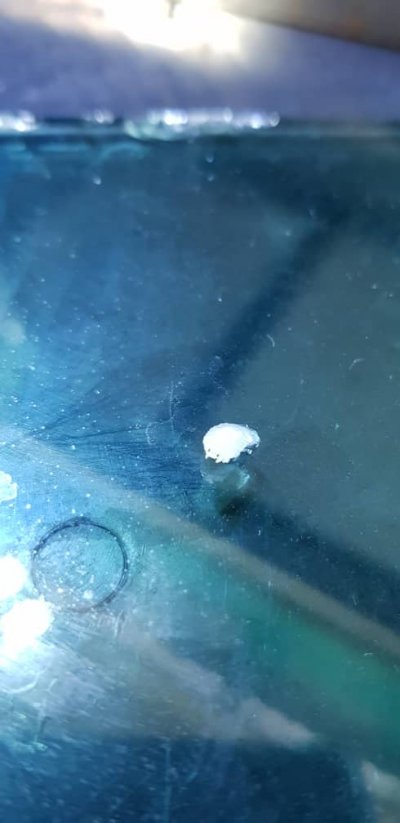Hi all,
I purchased a pair of juv clownfish from my LFS about 1.5 weeks ago. They were doing fine, feeding well and moving well. We noticed some white poop on the smaller one, and we treated it with prazipro.
So far they are doing well except that yesterday, I noticed some spots on their fins (marked in red). I also attached a video of them. I read that it could be due to stress.
Is my diagnosis correct?

Is there anything else that I can do to help? I have nothing else in my tank except for a peppermint shrimp and brittle star fish somewhere.
Thank you for your help.
I purchased a pair of juv clownfish from my LFS about 1.5 weeks ago. They were doing fine, feeding well and moving well. We noticed some white poop on the smaller one, and we treated it with prazipro.
So far they are doing well except that yesterday, I noticed some spots on their fins (marked in red). I also attached a video of them. I read that it could be due to stress.
Is my diagnosis correct?
Is there anything else that I can do to help? I have nothing else in my tank except for a peppermint shrimp and brittle star fish somewhere.
Thank you for your help.





















